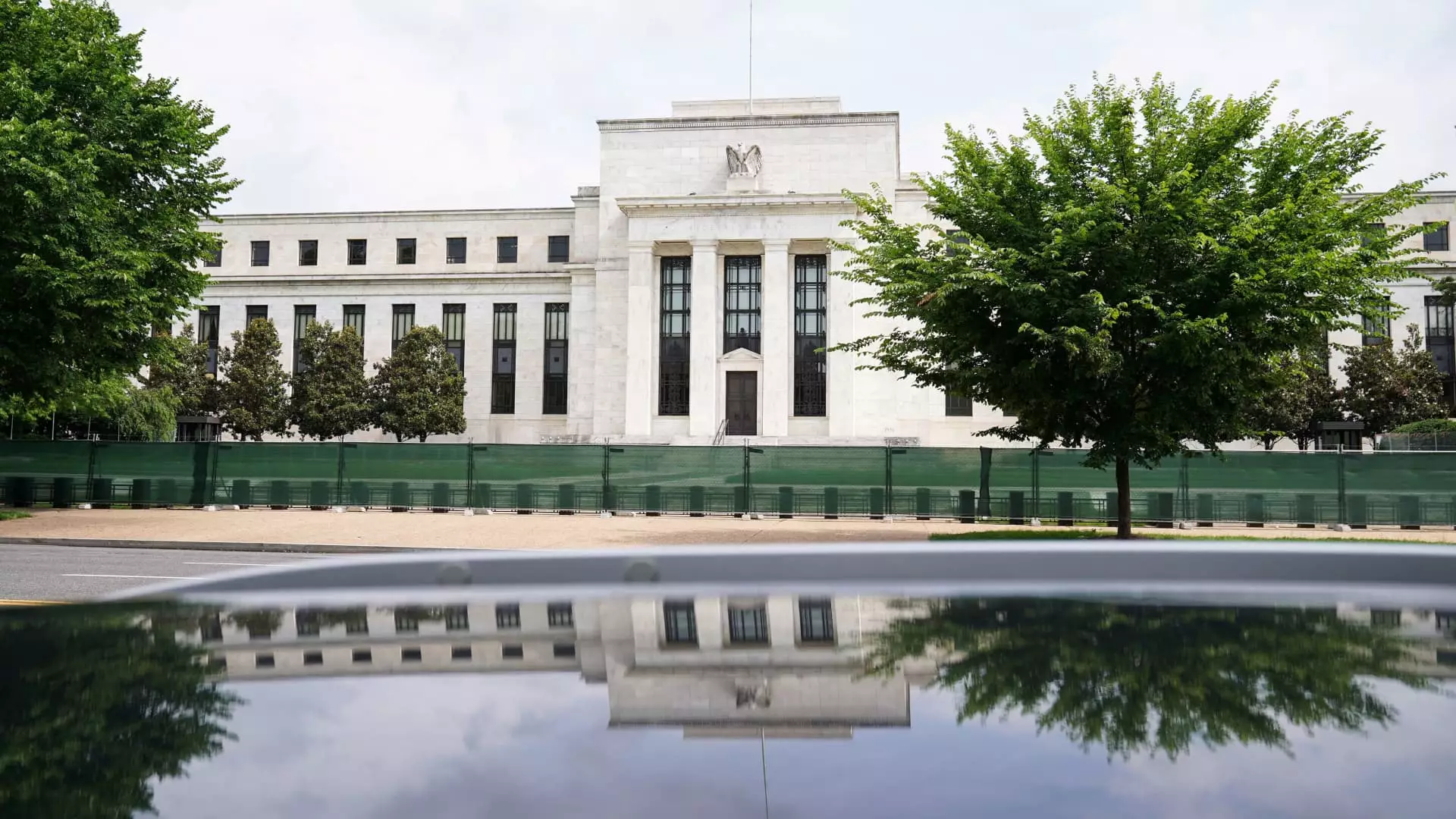As signs hint at a potential easing of inflation, many eyes are on the upcoming Federal Reserve meeting set to discuss interest rate adjustments. For American consumers grappling with the enduring effects of escalating living costs, a reduction in interest rates could offer a glimmer of hope. However, despite the anticipated changes, experts caution against expecting immediate financial relief. Inflation has been a persistent challenge following the disruptions caused by the Covid-19 pandemic, with prices soaring to heights not witnessed for over four decades. The Federal Reserve’s response has been a series of aggressive interest rate hikes, pushing borrowing costs to record levels, thereby placing numerous households in precarious financial situations.
The recent reduction in the Consumer Price Index (CPI) – down to 2.5% from a peak of 9% in mid-2022 – indicates progress on the inflation front and serves as a critical factor influencing the Fed’s decision-making. As noted by financial analysts, this shift could provide the impetus needed for the Fed to initiate interest rate cuts in their forthcoming meeting. However, the anticipated initial reduction of a mere quarter percentage point underscores a reality that borrowers should brace for: such singular changes in rates typically yield only modest benefits. Industry experts maintain that a sequence of cuts will be required to catalyze substantial changes in borrowing costs.
The financial markets are bracing for a significant policy shift, with an overwhelming consensus suggesting that the Fed is likely to lower interest rates soon. Projections indicate that the federal funds rate, currently hovering between 5.25% and 5.50%, could dramatically decline, potentially dipping below 4% by the end of 2025. While this sounds promising, it’s important to recognize that the rate at which banks borrow from one another typically takes time to trickle down to consumers. Thus, any adjustments made by the Fed will eventually influence a range of lending rates, from mortgages to credit cards.
Understanding how these changes will manifest in everyday borrowing costs is crucial for consumers. For instance, credit cards typically operate with variable interest rates closely tied to the Fed’s benchmark. After a prolonged period of rising rates, the average credit card interest hit an all-time high, exceeding 20%. As interest rates begin to decrease, borrowers currently facing significant credit card balances may have little immediate respite. Experts emphasize that shifting to a 0% balance transfer card and aggressively paying off debts is a more effective strategy than waiting for rate cuts to reverse previous hikes.
When it comes to mortgages, although rates are predominantly fixed, they can still be indirectly affected by Fed policies. Recent trends have shown a decline in average mortgage rates, with figures around 6.3% for a 30-year fixed rate, which is a significant drop from earlier this year. Despite this, housing prices remain elevated, complicating the purchasing landscape for potential homebuyers. Economists suggest that while lower rates may ease mortgage burdens, they won’t dramatically adjust the overall state of the housing market, making it crucial for buyers to remain cautious.
Auto loans represent another category influenced by these economic shifts. While the average rate on a five-year new car loan stands at approximately 7.7%, the anticipated interest rate cuts may not revolutionize the financing process for consumers. The incremental savings of a quarter-point cut is negligible in the grand scheme of a major purchase, reinforcing the notion that improving one’s credit score might yield better financing options than waiting for rate cuts.
In the realm of education, federal student loans typically retain fixed rates, which shields borrowers from immediate effects of rate reductions. Conversely, private student loans could see fluctuations based on the Fed’s moves. While refinancing opportunities may present themselves, borrowers should weigh these decisions carefully, as transitioning from federal to private loans entails relinquishing valuable protections and benefits associated with federal loans.
While the Fed’s influence on deposit rates is less direct, reduced interest rates will likely affect the yields on savings accounts. Following a series of rate hikes, savings accounts now boast higher returns, with top online options exceeding 5%. As rate cuts loom, consumers should pay attention to how their savings will be affected relative to inflation. Although deposits may yield lower rates, it is crucial for consumers to evaluate their actual returns against inflation to assess their financial standing.
While the Federal Reserve’s potential rate cuts could eventually foster a friendlier borrowing landscape, immediate impacts may be limited. Consumers should prepare themselves for a gradual process of relief rather than an overnight transformation. Whether it’s managing credit card debt, navigating mortgage options, or optimizing savings, being informed and proactive will be essential strategies in an environment still wrestling with economic uncertainties.

